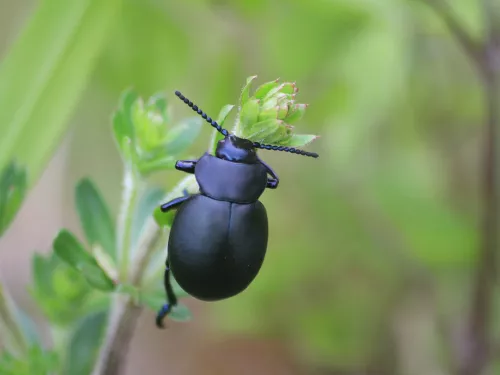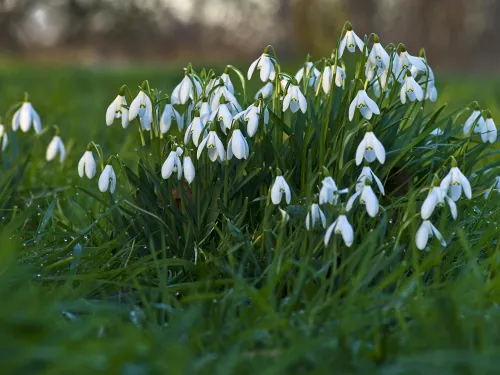
What’s the difference between bugs and beetles?
You’ll often hear the words ‘bug’ and ‘beetle’ used interchangeably – but they actually mean two different things. Let's explore the differences!


You’ll often hear the words ‘bug’ and ‘beetle’ used interchangeably – but they actually mean two different things. Let's explore the differences!

Wilder Grazing Ranger Volunteer Trainee, Ellie Edmondson, talks about the fell ponies on our reserves and what makes them great conservation grazers.

In February, the first British wildflowers are beginning to poke out from the seemingly dormant undergrowth, a sure sign that spring is on the way!